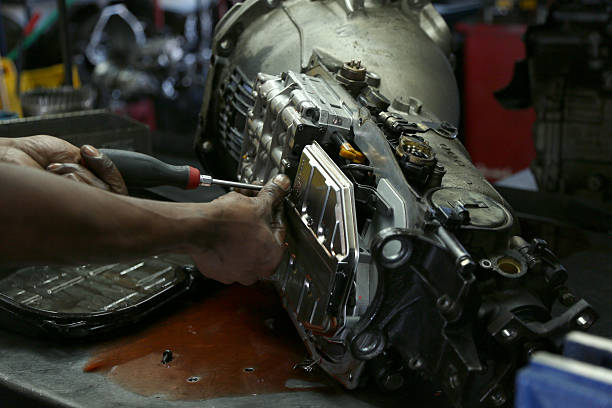Auto transmission systems are vital components of any vehicle, facilitating seamless gear shifts and optimal engine performance. Transmission issues can severely affect your car’s functionality and safety, making regular maintenance and timely repair essential. In this comprehensive guide, we will discuss the importance of auto transmission repair in Salem OR, common problems, and the repair process while addressing frequently asked questions.
Understanding Auto Transmission Systems
An auto transmission system enables your vehicle to adjust power output to match driving conditions without manual gear changes. It comprises complex parts such as gears, clutches, and hydraulic systems. Proper functioning ensures smooth acceleration and efficient fuel consumption.
Signs That Your Auto Transmission Needs Repair
Transmission problems often show early signs. Recognizing these can help you avoid costly repairs.
- Slipping Gears: Sudden gear changes while driving.
- Unusual Noises: Whining, clunking, or humming sounds.
- Delayed Response: Hesitation during gear shifts.
- Fluid Leaks: Red or brown stains under the car.
- Burning Smell: Overheating due to low fluid or friction.
Common Auto Transmission Problems
Transmission issues stem from wear and tear, neglect, or mechanical faults. Here are the most frequent problems:
- Low Transmission Fluid: Leads to overheating and inefficient performance.
- Worn Clutches: Prevent smooth power transfer between the engine and wheels.
- Malfunctioning Sensors: Disrupt electronic controls in modern transmissions.
- Torque Converter Issues: Cause shuddering during acceleration.
The Importance of Regular Maintenance
Routine maintenance extends your transmission’s lifespan and prevents breakdowns.
- Fluid Checks and Replacement: Ensures proper lubrication and cooling.
- Filter Replacement: Keeps debris from clogging the system.
- Inspection of Seals: Prevents fluid leaks.
- Testing Electronic Components: Keeps modern transmissions functional.
The Auto Transmission Repair Process
Repairing an auto transmission requires expertise. Here’s a typical step-by-step process:
- Diagnostic Testing: Scans for error codes or mechanical faults.
- Visual Inspection: Identifies fluid leaks and worn parts.
- Disassembly: Exposes internal components for detailed analysis.
- Replacement or Repair: Damaged parts are fixed or replaced.
- Reassembly and Testing: Ensures everything is functioning optimally.
Manual vs. Automatic Transmission Repair
While manual and automatic transmissions perform similar functions, their repair processes differ.
- Manual Transmission: Simpler design, fewer parts, lower repair costs.
- Automatic Transmission: Complex systems with higher repair expenses due to intricate electronics and hydraulics.
Benefits of Professional Transmission Repair Services
Hiring certified technicians for transmission repair offers several advantages:
- Expertise: In-depth knowledge of different vehicle models.
- Advanced Tools: Access to specialized diagnostic equipment.
- Warranty Protection: Ensures reliability and peace of mind.
- Time Efficiency: Quick and effective repairs.
Tips to Prevent Auto Transmission Problems
Prevention is always better than repair. Follow these tips to keep your transmission in top shape:
- Check transmission fluid regularly.
- Avoid aggressive driving and sudden gear shifts.
- Schedule routine maintenance with professionals.
- Address minor issues promptly to avoid major failures.
Frequently Asked Questions (FAQs)
How do I know if my transmission fluid needs to be replaced?
Check the fluid’s color and consistency. If it’s dark or has a burnt smell, it’s time for a replacement.
Can I drive with a slipping transmission?
Driving with a slipping transmission is unsafe and may cause further damage. It’s best to have it inspected immediately.
How often should I service my transmission?
Most manufacturers recommend servicing every 30,000 to 60,000 miles. Consult your owner’s manual for specific guidelines.
Is transmission repair covered under warranty?
Transmission repairs may be covered if your vehicle is still under warranty. Check with your manufacturer or dealer for details.
What’s the difference between transmission repair and replacement?
- Repair: Fixes specific components.
- Replacement: Installs a new or refurbished transmission, often for severe damage.
Summary
By understanding the essentials of best auto transmission repair and addressing issues promptly, you can ensure the longevity of your vehicle and a safer driving experience. Consult a trusted repair service to keep your transmission in peak condition.









